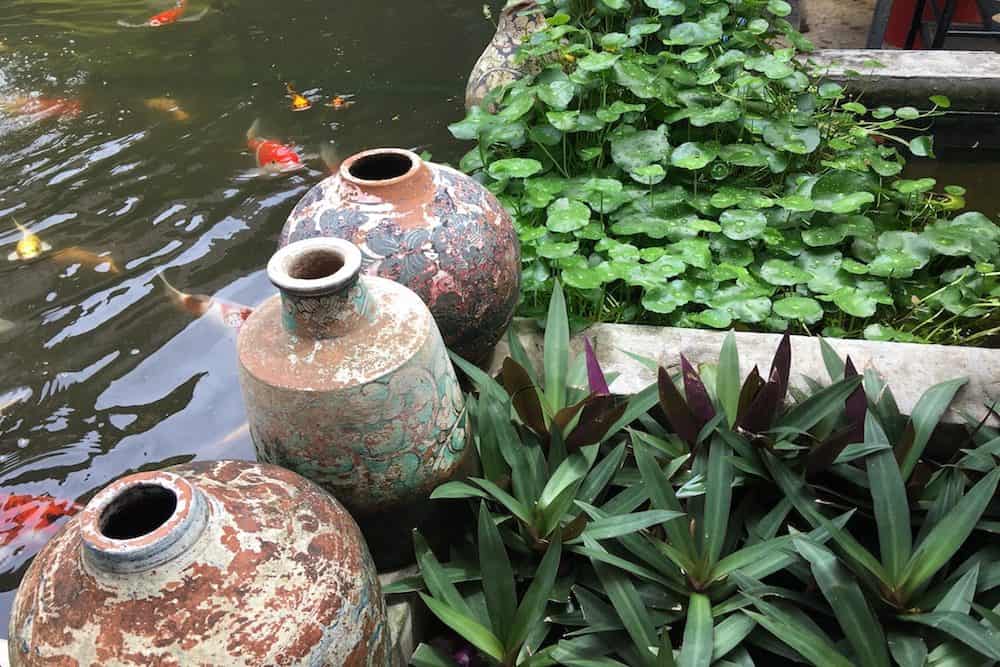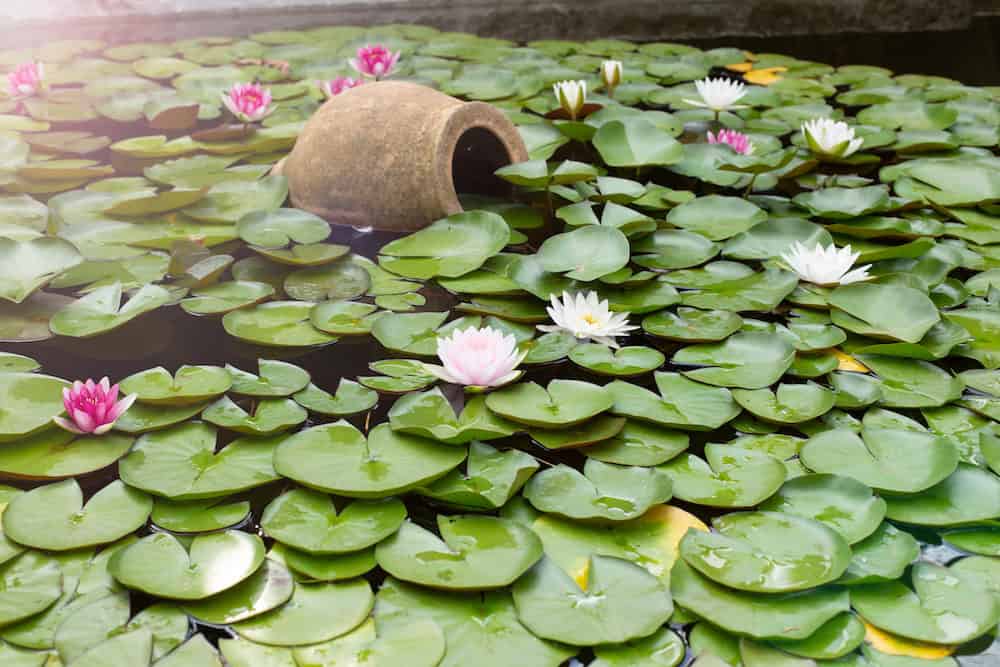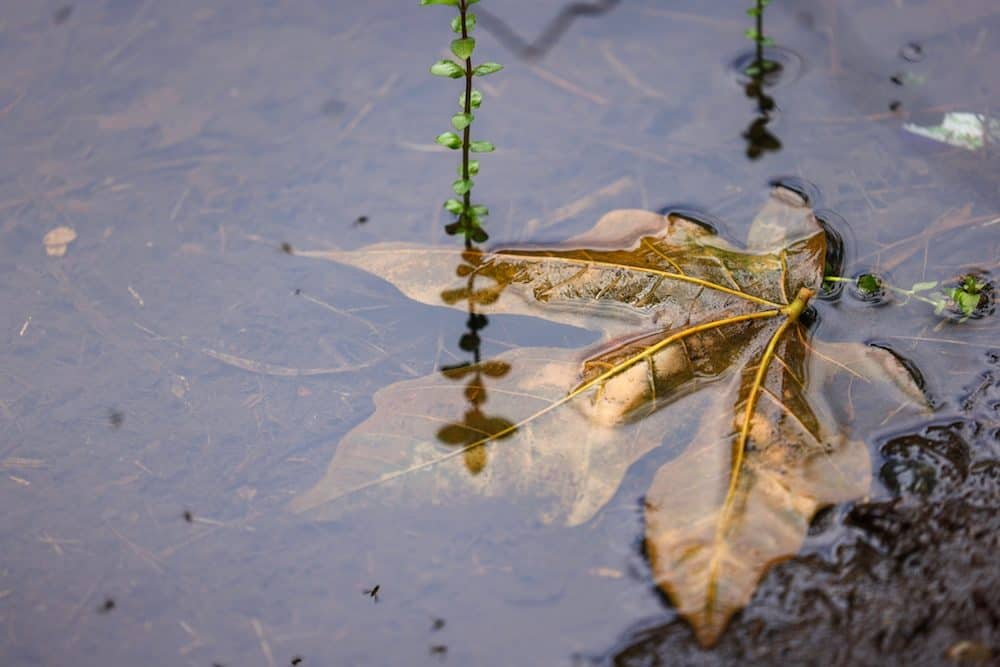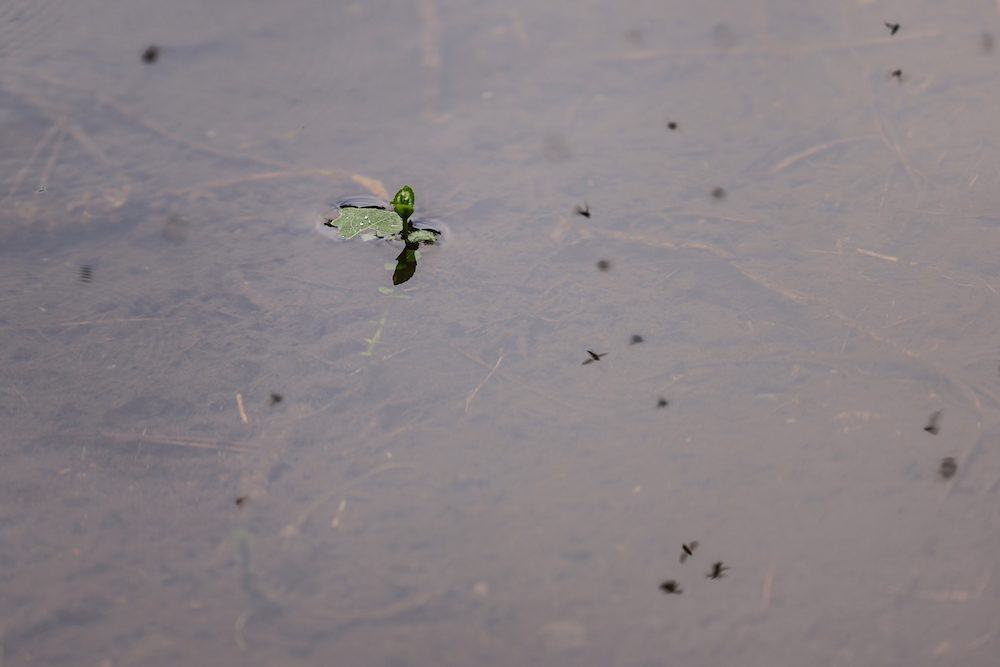If you have your own koi pond and are not making use of any koi clay, you might be unintentionally depriving your koi fish of many health benefits.

But don't feel bad about it! Koi pond clay is not common to the point where every koi fish owner automatically knows about it. I mean, I didn't know what it was for quite a while myself despite having my own koi pond, though if you have done your fair share of research on koi fish, you've likely come across koi clay at least a few times.
In simplest terms, koi clay provides koi fish with many extra goodies that they can't usually get from the natural resources around them. There's quite a bit more to koi clay that I'll get into in the sections below, so read on to learn about the benefits of koi clay and how you can start implementing it!
The two main ways koi clay affects the health of koi fish lie within the improvements it brings to water quality and the extra nutrients that fish need, like proteins, minerals, fats, and carbohydrates.
Adding koi clay particles to pond water will give the pond more minerals and trace elements that it may be lacking.
This, by extension, improves your koi fish's health, as you are improving the overall quality of the water they are living in.
Many pond owners incorporate their use of koi clay into their pond water changes. They do this because the fresh water is clear of debris, so the clay is used for multiple reasons, but mostly as a supplement to keep koi healthy.
There are two main types of koi clay: bentonite clay and montmorillonite clay, also called calcium bentonite clay or calcium montmorillonite clay. Adding this clay won’t turn your clear waters into a mud pond; instead, you’re simply giving minerals to your fish to keep them healthy and beautiful by mimicking their natural environment.
Think of this clay as a health supplement, similar to a vitamin you might take. While they won’t be eating this clay, it will still filter through their systems when they take in water.
These clays are smectite clays, which give your koi the essential minerals they need to thrive in an otherwise sterile environment while absorbing any toxins that your fish may have been exposed to.

Smectite clays usually contain:
Bentonite clay is actually a form of montmorillonite, but it has extra minerals, including quartz and zeolite.
While acting as a supplement is enough of a reason to give your koi these clays, there are more benefits.
Using koi clay can keep your fish's bones healthy, improve their appetite, prevent birth defects by decreasing toxins, improve anemia, and more. The water quality will be improved, your fish will have boosted immune systems, and their scales may become glossier and more vibrant with their bolstered health.
Now that we've talked about the various uses and benefits of koi clay, let's go over the two main methods of incorporating clay into a koi pond.
Before you get started with this first method, you're obviously going to need some pond clay on hand. I recommend getting some Microbe-Lift, primarily because it's 100% natural.
Once you've gotten your preferred ultimate koi clay, you can mix it up in a container of pond water and pour it directly into the pond.

You will need to know how many gallons of water are in your Koi pond. The recommended amount of koi clay per dose is one tablespoon for every 1,000 gallons of water.
Generally, if you multiply the length, width, and average depth of your fish pond to get the cubic feet and multiply the cubic foot number by 7.5, you will get the number of gallons your pond contains.
This second method is even more straightforward than the first. All you need to do is take some koi food pellets, dampen them just a tad with water, and then use koi clay to cover the pellets.
You can do this a few times a week, preferably three at the maximum initially. After doing it consistently up until the third week, reduce the dosage amount to once or twice per week for best results.

There are many health benefits to adding clay to your koi pond. Improving the water quality with supplements provides your fish with an extra boost of essential nutrients that aren't always available in the environment in which they live. Whether you add it directly into the pond water or in the fish food, the beneficial bacteria will go a long way towards the overall health and well being of your koi fish.



